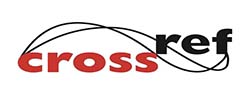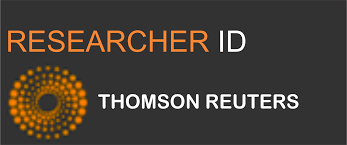Author: Sameh Taha Kassem, Khaled Aly El-Shemy
![]() DOI: 10.22161/ijeab.86.17
DOI: 10.22161/ijeab.86.17
Keyword: chrome removal, collagen, leather tanning, sustainability
Abstract: Leather tanning produces a variety of solid wastes, the most common of which is chrome shaving waste (CSW), which accounts for about one-third of the total solid waste produced from leather tanning. The biggest problem with this waste is that it contains chromium, which is a pollutant to the environment if the waste is disposed of by traditional methods such as landfilling or incineration. Therefore, the study aims to convert CSW into a proteinaceous material that does not contain chromium, so that it can be used in various applications with added value. In this study, chromium was removed from CSW using either an acid method or an alkaline oxidative method. In the acid method, sulfuric acid (1 molar) was used, while the other method was performed using a mixing ratio of 5:0.2:0.5:1 of CSW: potassium bicarbonate: hydrogen peroxide: water, respectively. The resulting protein was then hydrolyzed using acetic acid (1.5 molar). A chemical analysis of the CSW was performed to determine the percentage of chromium removed from both methods. The percentage of protein hydrolysis was also determined, as well as chromatographic analysis and amino acid analysis of the resulting proteins. The removed chromium was also reused in the tanning of sheepskin samples. The results showed that the alkaline oxidative method for chromium removal was better than using sulfuric acid, with a chromium removal percentage of 94.8% compared to 70.5%. The chromium removed was used in the tanning of leather without any differences in the properties of the resulting leather compared to traditional chrome tanning. The resulting hydrolyzed proteins were found to be collagenous proteins with an amino acid composition that can be used in various applications such as plant fertilizers. Therefore, the treatment and use of CSW achieves economic and environmental benefits for the leather tanning industry, thus achieving sustainability.
Article Info: Received: 07 Nov 2023; Received in revised form: 09 Dec 2023; Accepted: 18 Dec 2023; Available online: 24 Dec 2023
| Total View: 276 | Downloads: 26 | Page No: 167-172 |
Cite this Article:
MLA
Sameh Taha Kassem, Khaled Aly El-Shemy, P.(2023).Extracting chromium-free protein hydrolysate from leather tanning wastes. International Journal of Environment Agriculture and Biotechnology(ISSN: 2456-1878).8(6), 167-172.10.22161/ijeab.86.17
Sameh Taha Kassem, Khaled Aly El-Shemy, P.(2023).Extracting chromium-free protein hydrolysate from leather tanning wastes. International Journal of Environment Agriculture and Biotechnology(ISSN: 2456-1878).8(6), pp.167-172.
Sameh Taha Kassem, Khaled Aly El-Shemy. 2023."Extracting chromium-free protein hydrolysate from leather tanning wastes". International Journal of Environment Agriculture and Biotechnology(ISSN: 2456-1878).8(6):167-172.Doi:10.22161/ijeab.86.17
Sameh Taha Kassem, Khaled Aly El-Shemy."Extracting chromium-free protein hydrolysate from leather tanning wastes", International Journal of Environment Agriculture and Biotechnology,vol.8,no. 6, pp.167-172,2023.
@article { samehtahakassem2023extracting,
title={Extracting chromium-free protein hydrolysate from leather tanning wastes},
author={Sameh Taha Kassem, Khaled Aly El-Shemy , R},
journal={International Journal of Environment Agriculture and Biotechnology},
volume={8},
year= {2023} ,
}
























